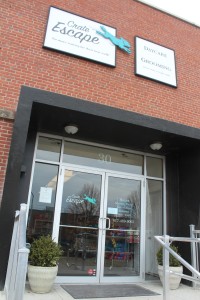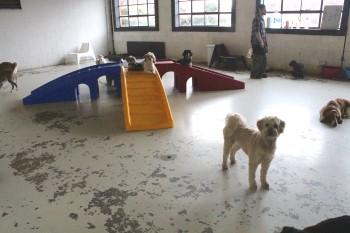Despite a record amount of natural gas being pumped out of wells in the US, the combination of higher world-wide demand for the energy source and a colder than expected winter is about to have a very local impact on Belmont homeowners in the coming months.
In what he is calling “unprecedented” increases in gas prices throughout New England, Belmont Light‘s General Manager Jim Palmer is predicting an “immediate escalation in electric rates” in the six-state region, and that includes customers of the municipal utility.
“Unfortunately, customers will see an increase in their bills during the next several months as a result of this unprecedented surge in the winter demand of natural gas. As always, we encourage all our customers to conserve electricity whenever possible,” he said in a recent press release.
The reason for the cost spike is two fold; first, natural gas has recently become the primary resource for electric generation, power and heating throughout New England as homeowners and energy companies transition from “dirty” fuels such as coal and oil. In addition, world-wide demand for natural gas is increasing by about 65 percent for the next quarter century, according to the outlook released by ExxonMobil.
Second, it was cold. During this year’s extremely cold winter, demand for natural gas reached record levels and the region suffered capacity constraints, resulting in drastic price volatility for gas-fired generation, said Palmer.
The result was that regional energy generation costs reached historically high levels, with the average price of natural gas in New England approximately eight times higher than those in other areas of the country.
According to Independent Service Operators of New England (ISO-New England), New England wholesale electric prices in January and February 2014 were the highest they have been in more than a decade. These high wholesale energy production prices have in turn caused increased supply costs for all New England electric utilities.
In the final analysis, Belmont Light customers can expect to see higher-than-usual electric rates in their upcoming bills, said Palmer.
“Belmont Light will continue to monitor the situation with ISO-New England to ensure that our rates remain stable as we deal with the increased costs of purchasing wholesale electricity from the electric grid,” said Palmer.
Palmer is advising customers to visit the Belmont Light’s website for information on financial assistance and energy efficiency programs that might help residents offset some of the costs of the rising electricity prices.


